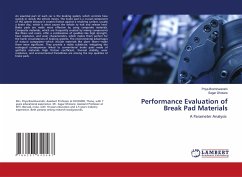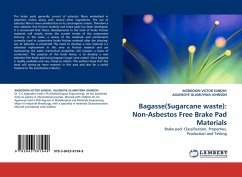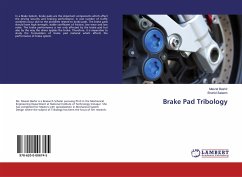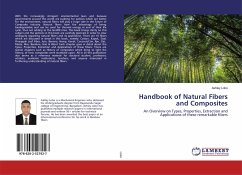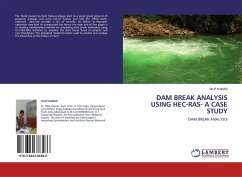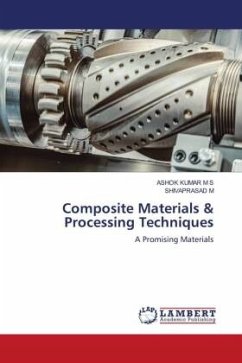An essential part of each car is the braking system, which controls how quickly or slowly the vehicle moves. The brake pad is a crucial component of this system because it creates friction against a revolving surface, usually a brake disc, which is what causes the vehicle to halt and release heat. Brake pads are made more effective by using composite materials. Composite materials, which are frequently created by mixing components like fibers and resins, offer a combination of qualities like high strength, heat resistance, and wear characteristics, which makes them perfect for the harsh circumstances of braking systems. The environmental advantages of natural composites-which include materials like plant fibers-make them more significant. They provide a viable substitute, mitigating the ecological consequences linked to conventional brake pads made of synthetic materials. High friction coefficient, thermal stability, wear resistance, and environmental friendliness are among the top qualities of brake pads.
Bitte wählen Sie Ihr Anliegen aus.
Rechnungen
Retourenschein anfordern
Bestellstatus
Storno

